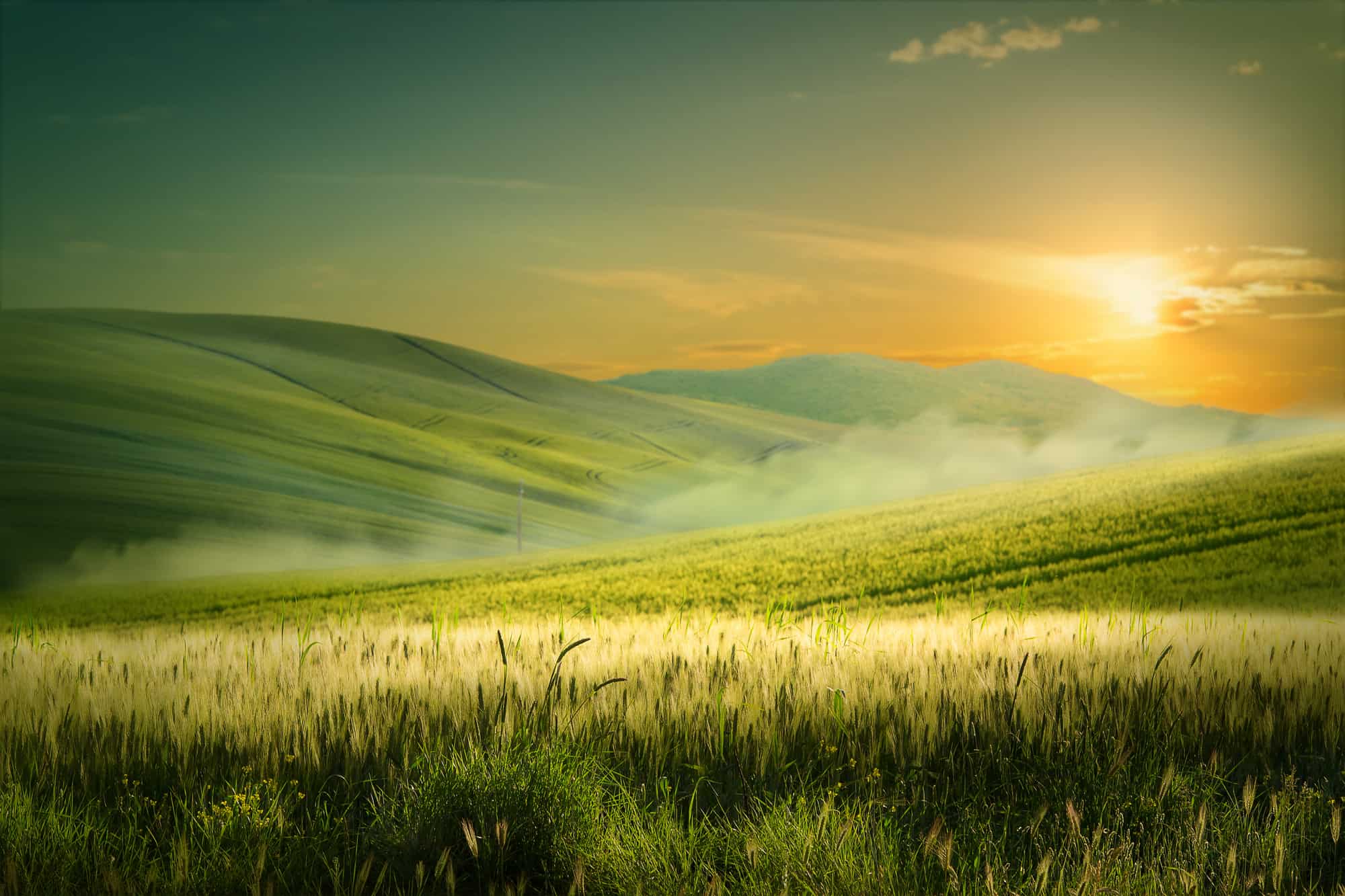Index Surge: Amplifying Your Insights
Stay updated with the latest trends and news across various industries.
Framing Nature's Canvas: Tips for the Bold Photographer
Unlock stunning shots with our top tips for bold photographers. Transform nature into your masterpiece today!
Mastering Lighting: How to Capture Nature's True Colors
Capturing nature's true colors requires an understanding of lighting and its impact on photography. The golden hours—shortly after sunrise and before sunset—are often regarded as the best times for outdoor photography, as the light is softer and warmer. During these times, colors are more vibrant and shadows are less harsh, allowing for a natural representation of the scene. To truly master lighting, photographers should consider the direction of the light, experimenting with backlighting and side lighting to enhance textures and bring depth to their images.
Another essential factor in mastering lighting is the use of the right camera settings. Adjusting your camera's aperture, shutter speed, and ISO can significantly influence how colors are captured. For instance, using a wider aperture allows more light to enter, resulting in a brighter image with a shallower depth of field. Additionally, utilizing a polarizing filter helps reduce glare and enhances the saturation of colors, making the greens of foliage and the blues of the sky truly pop. Remember, understanding and manipulating light is key to revealing the stunning beauty of nature in your photographs.

Essential Gear for Bold Nature Photography: What You Need to Know
When embarking on your journey into bold nature photography, the right gear can make all the difference. Start with a sturdy, weatherproof camera body that can withstand the elements. Consider investing in a selection of lenses that offer versatility, such as a wide-angle lens for capturing expansive landscapes and a telephoto lens for stunning wildlife shots. Don't forget essential accessories like a sturdy tripod for long exposures and a lens cleaning kit to keep your gear ready for adventure.
In addition to your camera setup, certain items can enhance your shooting experience. A durable backpack is crucial for transporting your gear safely while on the move. Always carry extra batteries and memory cards, as nature photography often means long hours in the field. Lastly, a polarizing filter can dramatically improve your landscape images by reducing glare and enhancing colors, making it an indispensable tool for capturing the beauty of the great outdoors.
Framing the Perfect Shot: Composition Techniques for Nature Photographers
Framing the perfect shot in nature photography requires a keen understanding of composition techniques that can elevate your images from ordinary to extraordinary. Start by utilizing the rule of thirds, which involves dividing your frame into a 3x3 grid. Place your subject along these lines or at their intersections to create a more balanced and engaging photograph. Additionally, consider leading lines that draw the viewer's eye into the scene, whether it's a winding path, a river, or a line of trees. These techniques transform the way you capture the beauty of the natural world.
Another effective method is to incorporate foreground interest to add depth to your photographs. Including elements in the foreground not only frames your subject but also invites the viewer into the scene, enhancing their emotional connection. Don't forget about the importance of lighting; the golden hour, just after sunrise or before sunset, casts a warm glow that can highlight textures and create stunning contrasts. By mastering these composition techniques, you can master the art of nature photography and capture breathtaking landscapes that resonate with your audience.